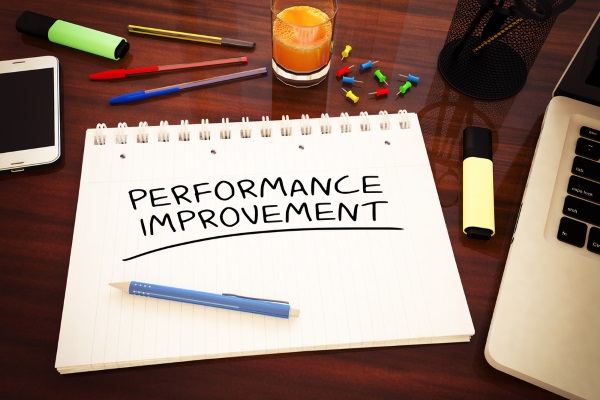
25 Sep Planning and Developing Employees for Performance
“Only 3 things happen naturally in organisations; frictions, confusion and underperformance. Everything else requires effective planning and leadership.” – Peter Drucker
Planning and developing employees is probably one of the most effective ways to ensure organisational performance and its ultimate success. It makes employees more capable and willing to assume more control over their jobs.
As simple as this sounds, we are constantly amazed by the number of companies we come across where performance planning is not a conscious, deliberate and consistent practice. These same organisations then wonder why they are not achieving their desired results.
Performance Planning and Development is a MUST for any organisation seeking to thrive and sustain performance and it begins by providing a clear definition of expected outcomes for a given position and continues by identifying those behaviours (best practices) and/or competencies that will lead to those outcomes. It defines the non-negotiable expectations for individual performance clearly and serves to:
- – Measure individual performance
- – Provide individual performance feedback
- – Develop personal improvement and progression plans
- – Create and deliver Performance Management training/development programs and coaching
Performance Planning and Development Steps
Here are some steps for making this happen:
1. Identify key result areas for a given position
KRAs are not metrics or behaviours but broad categories over which an individual has accountability and which are critical to his/her success. The identified KRAs should be between 4 and 6. Some examples of key result areas for a Business Manager may include:
- – Generating new businesses
- – Retention of existing customers and ensuring quality relationships with customers
- – Quality service or product
- – People Management and Development
- – Operational Efficiency and effectiveness
2. Identify Model of Success
Conduct interviews and/or focus groups with star performers and their managers to identify “best practices” or core competencies related to each Key Result Area.
Once broad areas of accountability have been established, identify sub-categories. For example, for the Key Result Area “generating new business”, sub-categories might include identifying and qualifying target prospects, developing sales & new business development collaterals, planning and executing sales activities.
Once sub-categories have been established, conduct interviews or focus groups to identify specific behavioural practices of the organisation’s top performers in each of these areas. If you are doing this for the sub-category of generating new business, the specific behaviours might include:
- – Ability to effectively research and pre-qualify the right target customers
- – Ability to develop and successfully deploy effective sales materials/collaterals
- – Sales and closing skills
- – Follows through on projects and commitments
- – Manages time well; finds a balance between the urgent and the important
3. Write and administer a 360 survey or competency audit based on these best practices to identify how well people are demonstrating the required behaviour for success
These practices taken from your highest performers are very useful in determining the competency gaps that exist within the organisation. One approach to determining the magnitude of gaps is to conduct a competency based assessment.
4. Provide feedback and develop personal improvement plans for each person
Once survey results are tallied, a manager (and perhaps HR professional) should sit down with each individual and provide them feedback as well as help that individual identify areas for improvement and create a personal development plan. A tool that will be helpful in doing this has been included below.
5. Develop tailored training to meet specific developmental needs
Training and coaching can then be developed from the results of this feedback to help individuals improve areas of weakness. This training is not “blanket” but pertains to the deficit of specific individuals or groups of individuals within specific roles.
Performance planning and development grounds good business practices into specific and measurable skills which can become a roadmap for helping anyone who leads people to know where they are, where they are headed and how they will get there.
Adopting the approach described above will go a long way in significantly improving the probability of success for any organisation that is disciplined enough to be deliberate about planning and developing for performance.
Performance Planning and Development is a core competency of Workforce Development. Want to talk to us about improving key areas of your employee’s skills? Contact us




No Comments